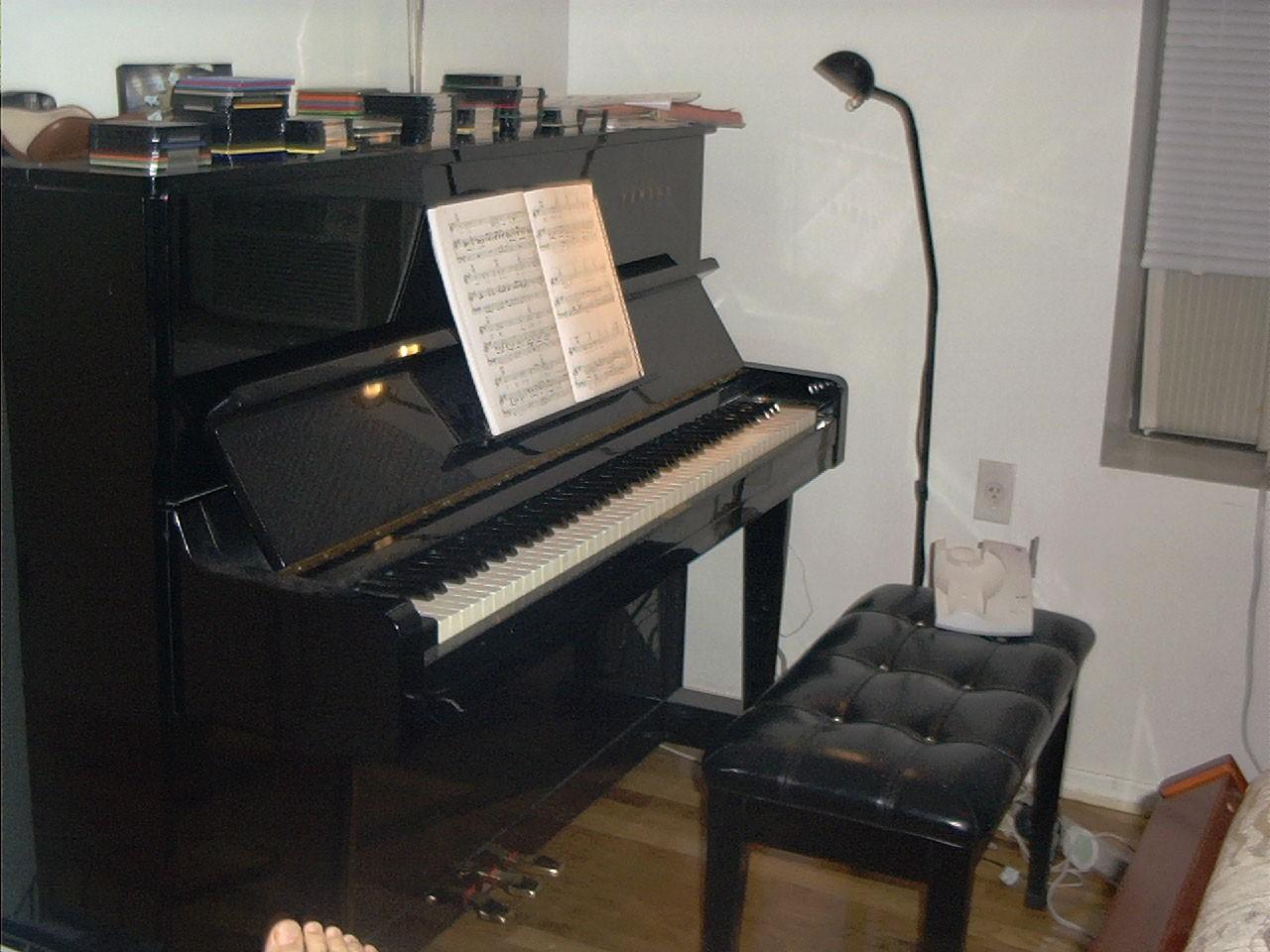
Classified
Classified
StudentFil
Profile Ph
Group Wall
Walking in
ASC Member
Classified
New Photos

Nothing has been posted here yet - be the first!
If you're interested in sports video production or would like to share your experience with us please visit https://www.sportsvideoforum.com
Get the latest filmmaking news at https://www.studentfilmmakers.com
You know it is.
At our community we believe in the power of connections. Our platform is more than just a social networking site; it's a vibrant community where individuals from diverse backgrounds come together to share, connect, and thrive.
We are dedicated to fostering creativity, building strong communities, and raising awareness on a global scale.